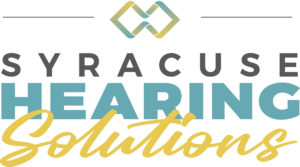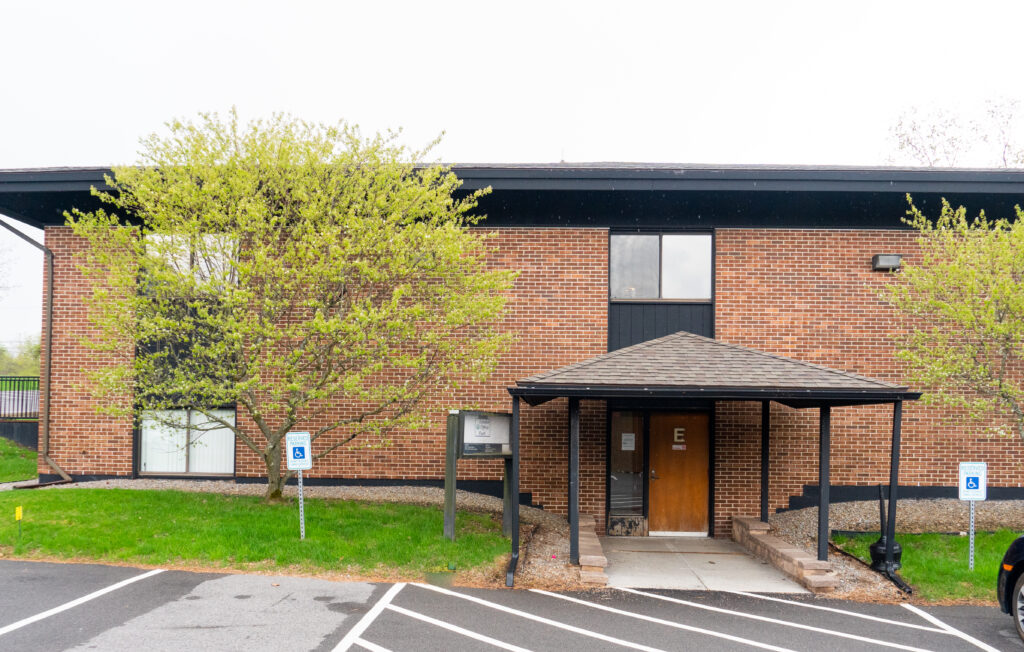What is “Normal” Hearing?
By digitaljoe
Everyone is different. Whether we’re measuring height, weight, skills, or interests, no two people are exactly the same. Although this is what makes us unique, it poses some interesting problems when we try to set baselines for what we consider to be “normal” in the medical world.
Especially when we try to determine what “normal” hearing is, we run into a few roadblocks. For starters, if everyone is different, how can we decide what “normal” actually is?
Normal Hearing: A Definition
By definition, one has normal hearing when they don’t have any hearing loss. This may seem like a bit of a circular definition, so before we can truly understand what “normal” hearing is, we must first dig into the concept of “audiometric zero”.
Audiometric zero is, by definition, the level of a tone at a given frequency that is just barely detectable by someone with normal hearing. Such a sound is known as a “threshold” and indicates the bare minimum that a person with normal hearing abilities should be able to hear.
To establish this baseline, doctors and researchers tested thousands of people at the 1933 World’s Fair in Chicago. After collecting thousands of data points from these participants, the researchers then took the average of the lowest level that all of the participants could hear at a number of different frequencies. These averages became the standard for determining “normal” hearing and, as a result, hearing loss.
From here, the researchers created a formula that could be standardized and applied to any person to determine if they have hearing loss. Using this formula, a person’s pure-tone hearing test results can be analyzed for evidence of hearing thresholds outside the normal range, which would often indicate hearing loss.
Normal hearing is not a specific number, however. In fact, it’s actually a range of decibel levels. This range begins at 0 dBHL (Decibel Hearing Level) – also known as audiometric zero – and has an upper limit of 30 dBHL. If someone’s hearing test results indicate that they have a hearing threshold above 20 dBHL, then they are considered to have hearing loss.
What To Do If You Think You Have Hearing Loss
Hearing loss is something that can be tested for by a hearing healthcare professional, but the early signs of hearing loss are usually identified by the people experiencing it or their loved ones. If you’ve noticed that you can’t quite hear like you used to or that you have trouble following a conversation in a noisy environment, it might be time to get your hearing checked.
A conversation and an appointment with a hearing healthcare professional can help identify if you have hearing loss and can offer guidance and support for the various treatment options that are available to you. Many hearing healthcare providers offer free or low-cost initial hearing tests, so if you’re concerned that you or a loved one have hearing loss, contact your local professional today – you have nothing to lose but a world of sound and enjoyment to gain.


